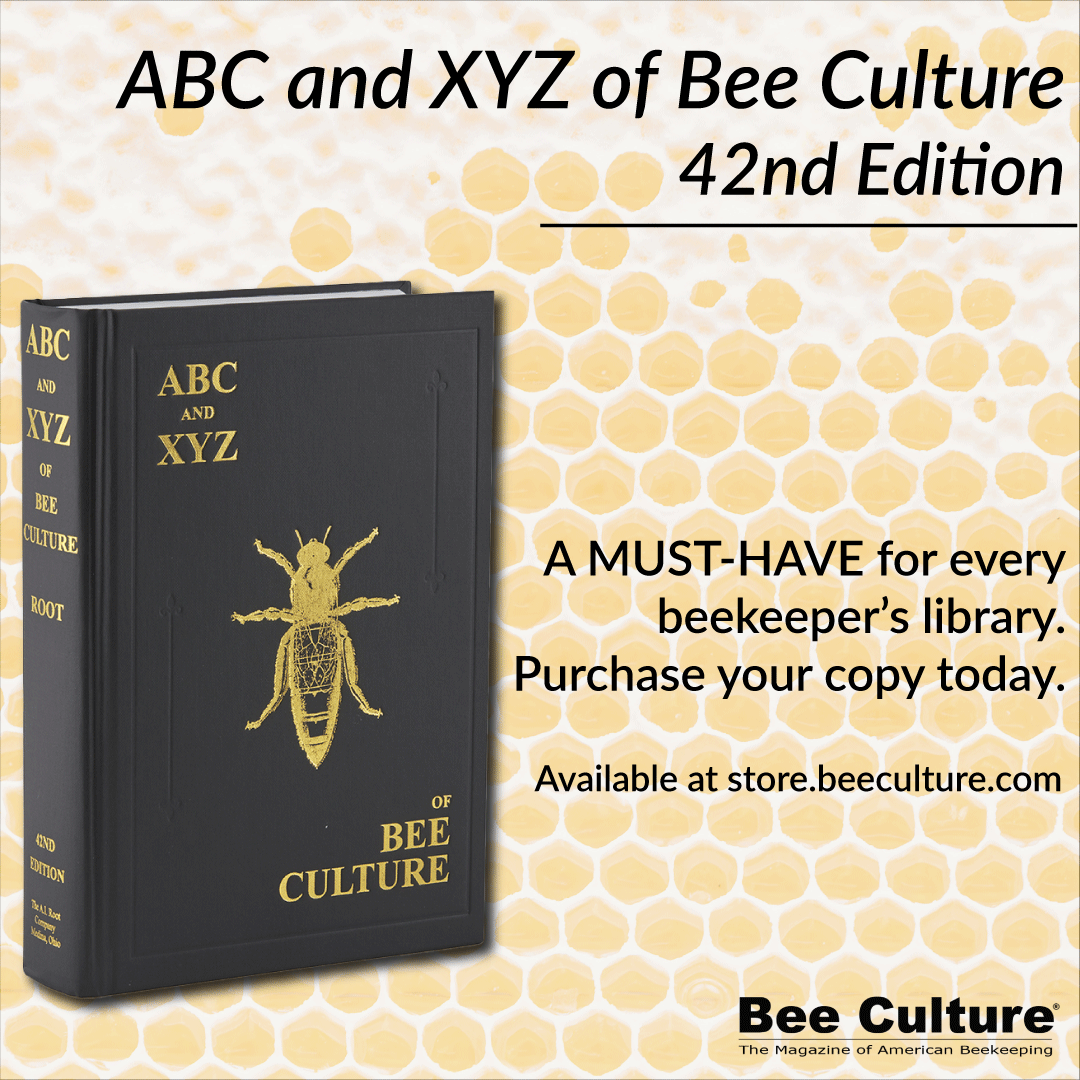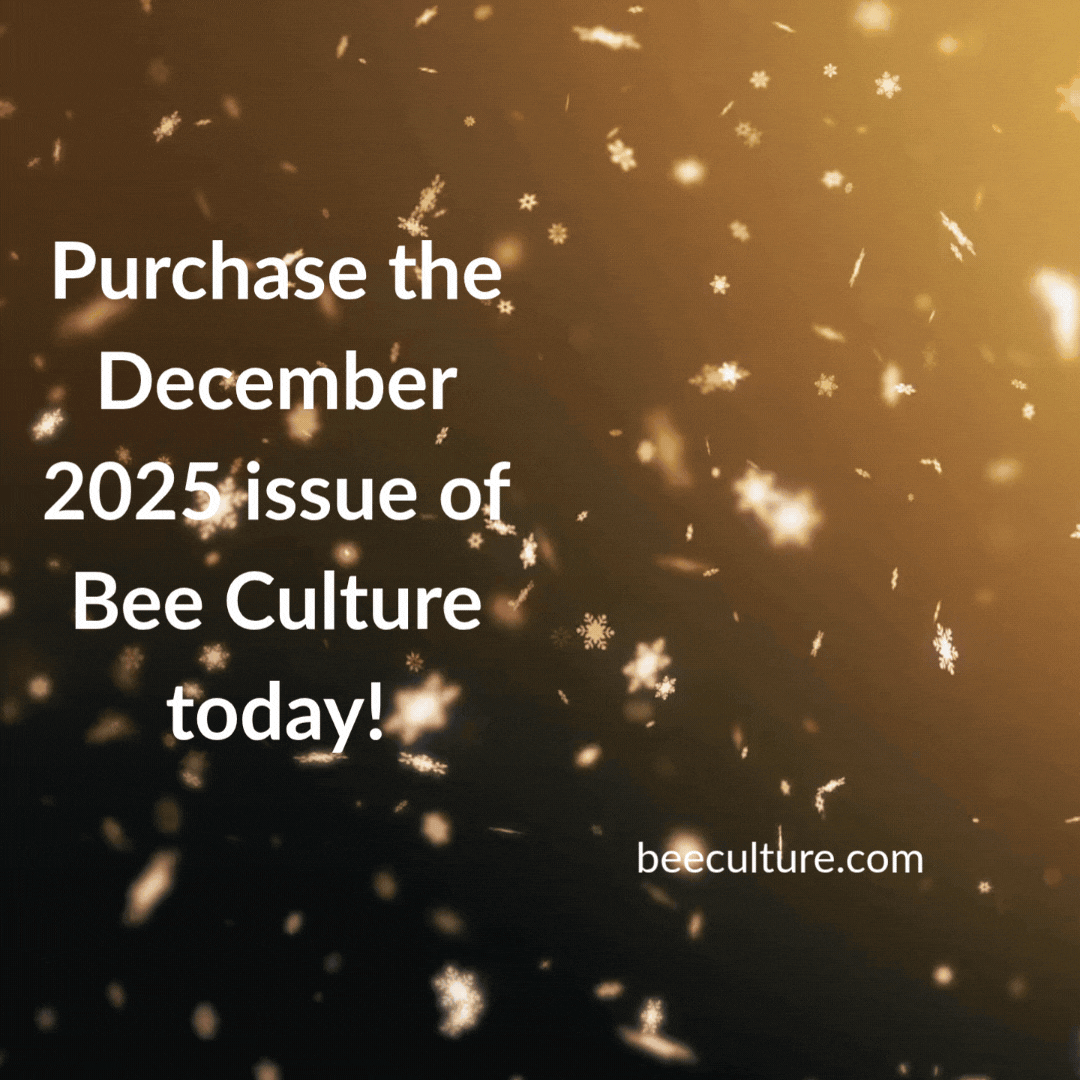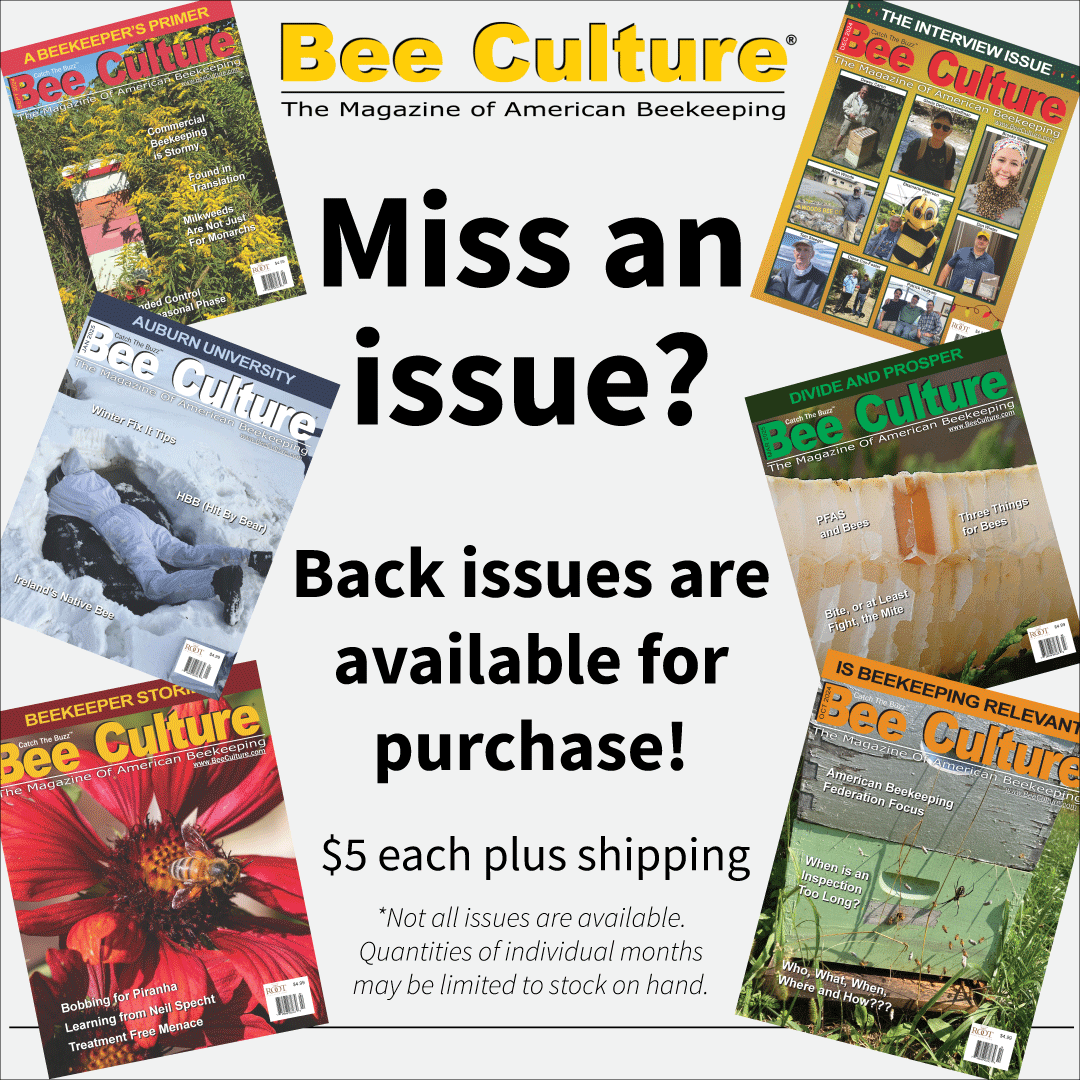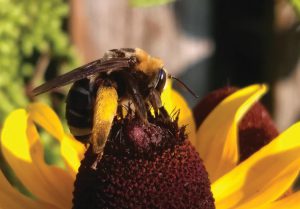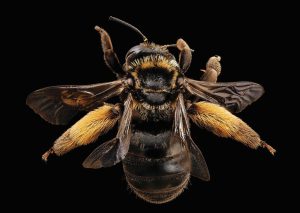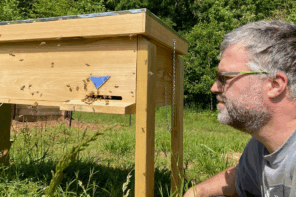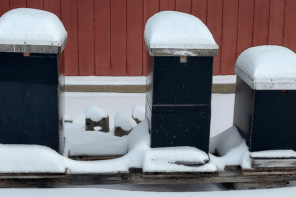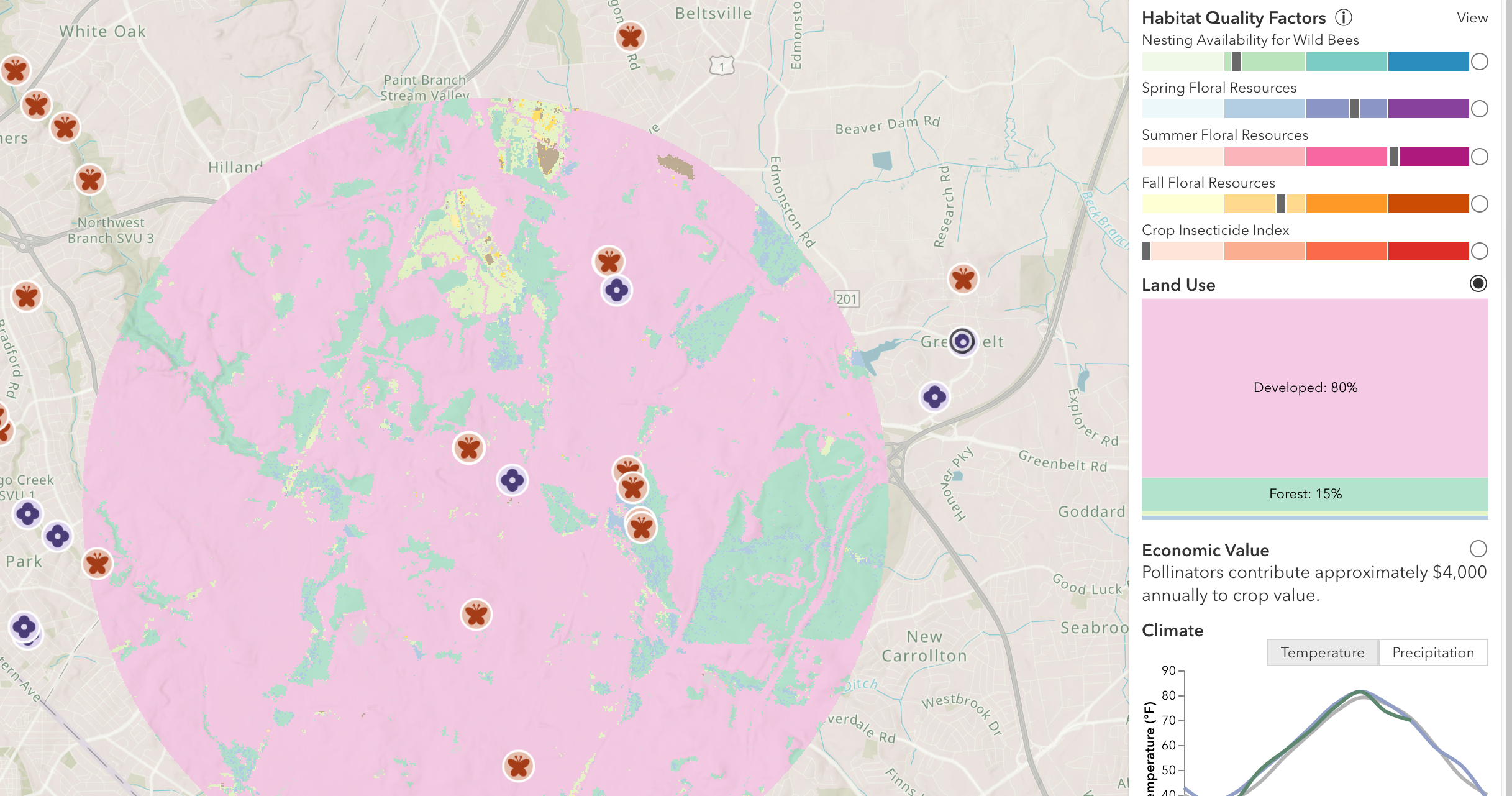 Tamra Reall
Tamra Reall
Puttering about the wildflowers in my garden, I saw a honey bee and several mason bees working the black-eyed Susans. Suddenly, a large bee swooped in and began her work on one flower after the next. Apart from her size, I immediately noticed the massive, furry hind legs, reminiscent of shaggy, golden leg warmers one might wear to disco night at the local roller rink. These plumose scopal hairs impressively amassed pollen as this bee buzzed around the garden.
I had never noticed this bee species in my garden before, so I had to learn more. It turns out there are two similar-looking bees that fit the profile: Melissodes and Svastra. “Svastra” is Sanskrit for “sister,” and anyone looking at these two bees can see the resemblance. They are medium to large hairy bees with long antennae and prominent, feathery hind legs. Females have a dark face, although light hairs may cover the clypeus (the plate between the eyes and above the mouth), while males have a yellow clypeus. Svastra is distinguished from Melissodes by the flowers they prefer, the time of year they are active, and more minute traits entomologists can point out. These include features such as a small tuft of hair on the back and an oval node where the wings connect to the body. Given the time of year and my location, the plants this bee was servicing, the size of the bee, and the tuft of hair, I determined my bee was Svastra obliqua.
Unlike their honey bee cousins, Svastra bees are ground nesters, as are 70% of native bee species. These bees are typically solitary, meaning they do not live in a colony. However, they may build nests close to others of their species and sometimes in large groups. Svastra bees may even share their nests with others, although each bee provisions her own egg chambers. These bees do not produce honey, rather they provision their offspring with pollen.
Svastra is typically seen in late Summer and early Fall. While some Svastra species are generalist pollinators, Svastra obliqua and Svastra petulca specialize in pollinating flowers from Asteraceae, the aster family. This family contains many flowers such as sunflowers, gaillardia, Mexican hat coneflower, other coneflowers, and daisies. In this family of plants, the flowers are known as composites because each “flower” is actually made up of a tightly packed group of many individual flowers. Svastra obliqua is known as the sunflower bee and its presence is an indicator of high-quality habitat.
To gather pollen, many bees use abdominal drumming which is a rapid movement of a bee’s abdomen that collects the pollen and places it into the bee’s scopa. Svastra obliqua does this too, but slower than other bees, and they have special abdominal hairbrushes to help them obtain pollen in this way.
Perhaps it’s Svastra obliqua’s novelty, or maybe it’s an interest in the bee’s taste in leg accessories, but ever since that first encounter, I always find myself carefully watching my garden in hopes of seeing her again.
To see more of these bees in your yard, plant sunflowers, coneflowers, or other composite flowers in the Asteraceae family, leave bare ground for the bees to nest in, and be very careful about pesticide usage. For more research-based information on how to help all our pollinators, reach out to your local University Extension.
Dr. Bug (aka Dr. Tamra Reall) is a horticulture specialist for the University of Missouri Extension. A former beekeeper and always a bee admirer, she seeks opportunities to share the beneficial aspects of these fascinating animals. To contact Dr. Bug, send emails to ReallT@Missouri.edu. The University of Missouri is an equal opportunity/access/affirmative action/pro-disabled and veteran employer.

